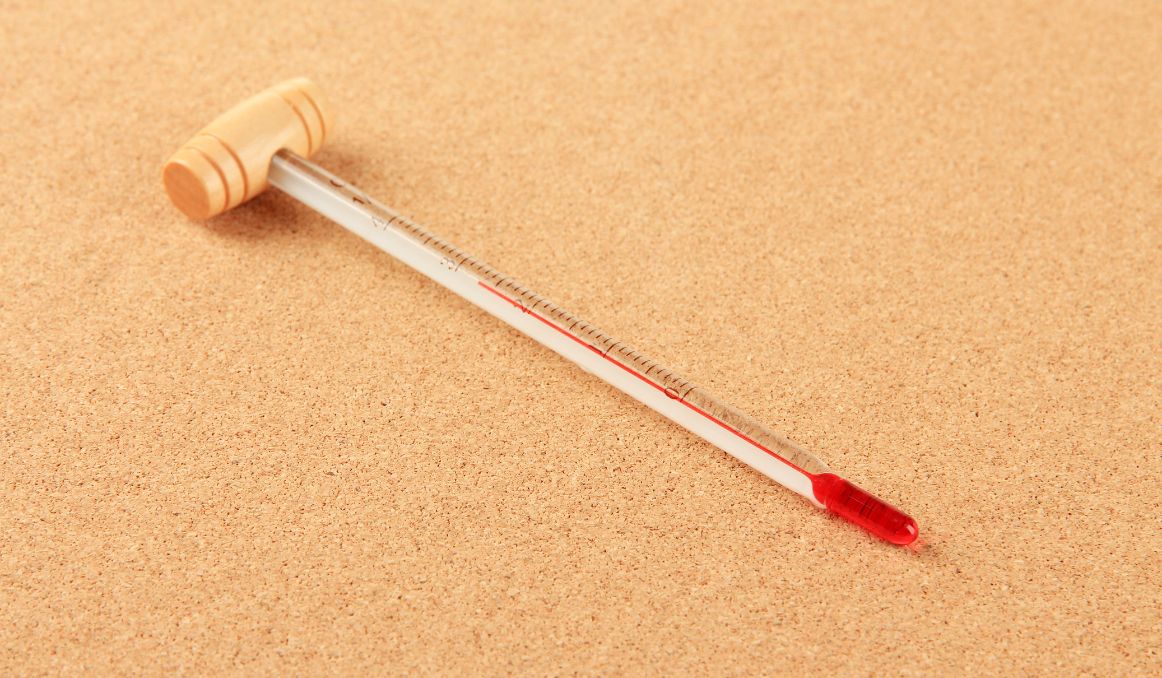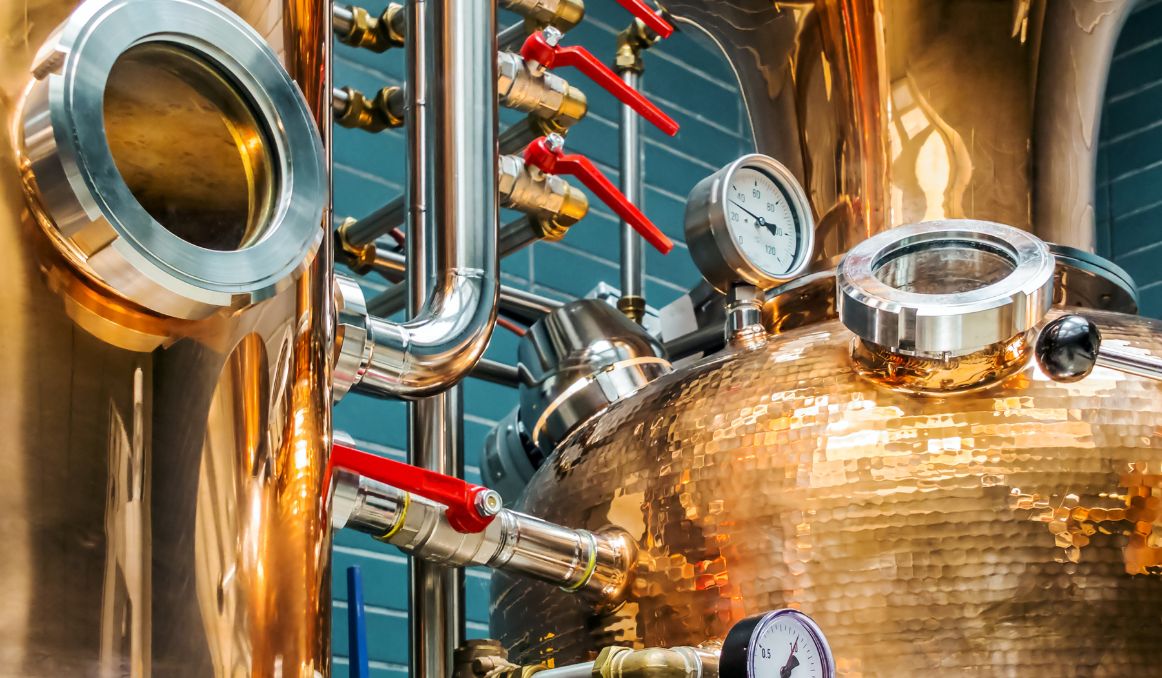At What Temperature Does Yeast Die?
Various answers present themselves when asking the question, “at what temperature does yeast die?” It really does depend on what medium you may be using and on what you mean by die. As yeast is a hardy ingredient to work with and is actually quite difficult to kill.
It helps to first understand the form and function of yeast, and then to explore the multiple mediums in which we use it.

The Function of Yeast
Yeast is a eukaryotic, single celled organism that has been around for millions of years, since long before humans. In fact, it is a member of the fungus family, which is indeed the oldest living form of life on our planet.
Yeast can survive in virtually any environment, and it has the express purpose of surviving and reproducing. It can reproduce both sexually and asexually and aerobically and anaerobically. Typically, however, it will reproduce asexually and in the presence of oxygen.
It will reproduce numerous times in its lifetime, essentially duplicating itself every 90 minutes through a process called budding, where a mother cells produces a daughter cell that grows from her body.
Once the daughter cell grows to more than 50% volume of the mother cell, it can detach and then begin its own reproductive cycles.
And all yeast needs to do all of this surviving, thriving, and reproducing, is sugar.
Yeast thrives all across the planet, as long as it is neither extremely hot, in which case it will die, nor extremely cold, in which case it will lie dormant.
Barring those severities, it will hover and hang on every surface, in the air, and in the soil, until it finds sugar, at which point it will commence to consuming.
Yeast consumes sugar for energy, and it expels alcohol and carbon dioxide as waste products. We humans benefit from this process we call fermentation.
In the natural course of events, alcohol will not kill off the yeast that produces it; instead, yeast will simply wander off to new locations in search of more sugar.
However, too much alcohol will kill off yeast, as in the case of fortified beverages where liquor is added to a fermenting beverage with the express purpose of killing the yeast and halting fermentation.
Likewise, yeast can thrive in a warm environment, but too much heat will kill it.
Wild Yeast
We cannot be certain exactly how long yeast has been alive, but we know for sure it did not exist before fermentable carbohydrates – starches, sugars, and fibers – because those carbs are how they survive.
Yeast cells in the wild can live an indeterminate amount of time on sugar and oxygen because they are not being killed off by things like extremely hot temperatures, excess amounts of alcohol, or the absence of oxygen for too long, situations that kill them off in controlled environments.
In the wild, yeast cells are found on sugary plants, which is how craft brewers, winemakers, and cider brewers will often collect and harvest local yeasts for their fermentation. An entire movement is currently rising up encouraging brewers and winemakers to cultivate their own local yeasts in order to enhance local flavors and aromas.
Harvesting local yeast is also a great way to eliminate supply chain issues. You can collect local yeast using various methods, including simply placing dried fruits in a jar with a bit of water and placing that jar under a tree. You’ll have wild, local yeast in a matter of days.
Yeast in Bread
In bread, yeast is known to die off entirely once it reaches a temperature of 120 degrees Fahrenheit. At this point, bakers don’t particularly care about dead yeast as the yeast has performed its primary function of leavening the bread.
Yeast in Beer

In beer, yeast will start to die off at around 90 degrees Fahrenheit, which can significantly slow fermentation, which is why a controlled environment is critical to fermentation of beer.
As temperatures reach above 100 in beer, most yeast will be dead, and of course at 120 degrees all the yeast will be dead.
Another factor affecting yeast in beer is colder temperatures, which is how lager yeast was discovered.
Ale yeast, Saccharomyces Cerevisiae, will ferment between 60 and 80 degrees and die off as temps reach 100. Lager yeast, Saccharomyces pastorianus, discovered only a few hundred years ago when some Bavarian monks thought to store their fermenting beer in cold caves, will ferment between 50 degrees and 60 degrees, and will actually die as temps reach 80.
Likewise, lower temperatures, while not able to kill off yeast, will force yeast into dormancy, and in that dormancy, some of those yeasts are likely to simply die off. Ale yeast of course will go dormant at higher temps than lager yeast.
Yeast in Wine
Yeast in wine performs very similar to yeast in beer.
Red wine yeast is typically made with S. Cerevisiae, and will ferment at higher temperatures. White wines are fermented with S. Pastorianus and can tolerate much lower temperatures. Again, the necessity for a controlled environment is critical, and a lesson likely learned very early in human history as wine has been around for much longer than beer and originated in much warmer climates, across the Middle East and Africa, where temperatures reached well into the 90s and low 100s, which means winemakers had to store their fermenting wine in cooler, darker places to ensure the yeast could ferment well.
In the end, yeast will indeed die off at temperatures over 100 and should be monitored at all times if storing to ensure ideal temps.
Yeast will survive much longer when refrigerated than when left on a shelf because it will go dormant. However, if you plan to feed it and allow it to grow, you can keep it fermenting in your own bank at room temperature.
Cheers!
Passionate about the fermentation process? So are we! If you’re interested in finding out how you can use our technology to control fermentation and monitor your yeast, save work hours and improve the cost-efficiency of your business, drop us a line at [email protected] or check out our product pages:
- Oculyze BB 2.0 (Better Brewing) Yeast Cell Counter App + Hardware
- Oculyze FW (Fermentation Wine) Yeast Cell Counter App + Hardware
Also, you can now get access to a fully functional demo account to test your yeast via our Web App. Completely free of charge and with no commitment to purchase.
Sources:


